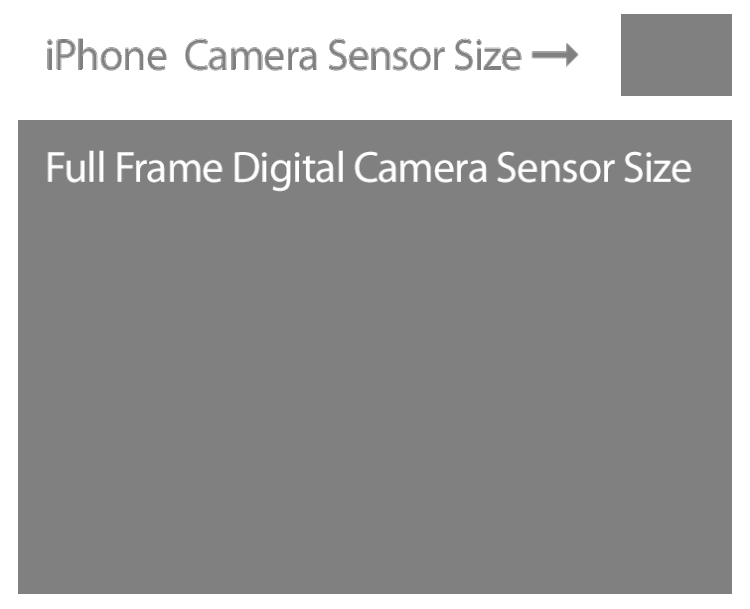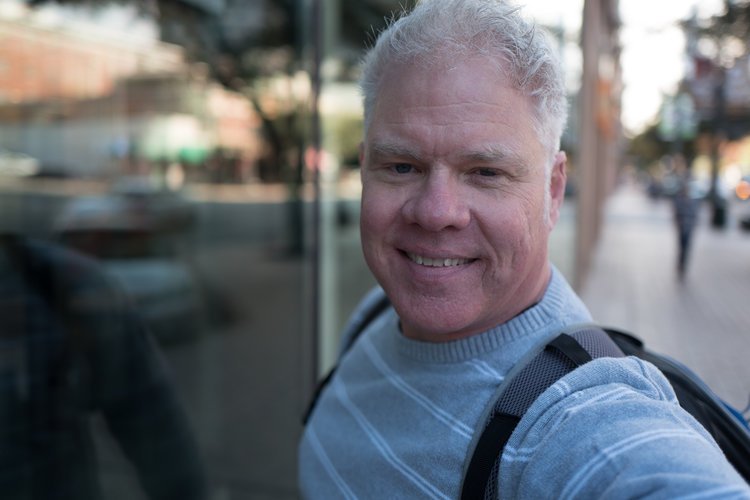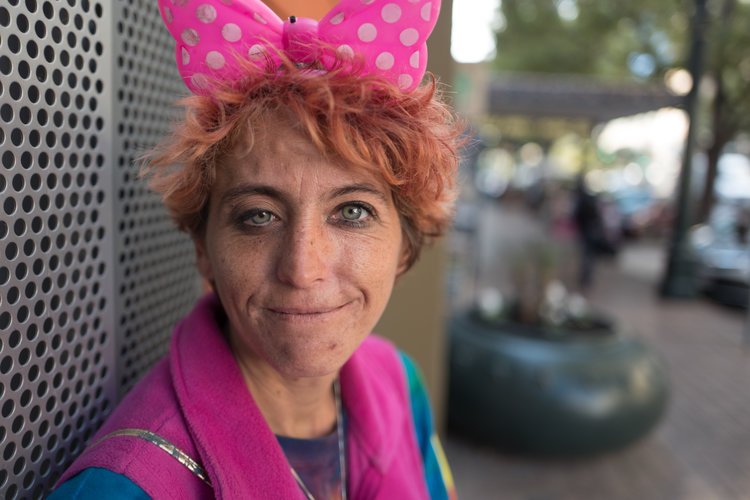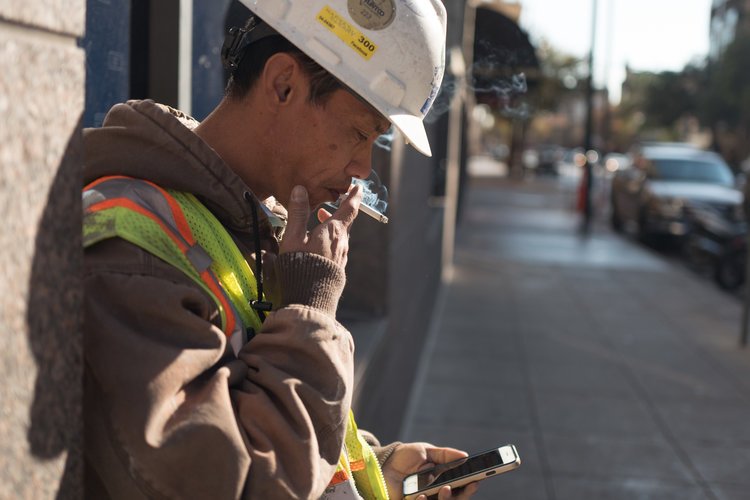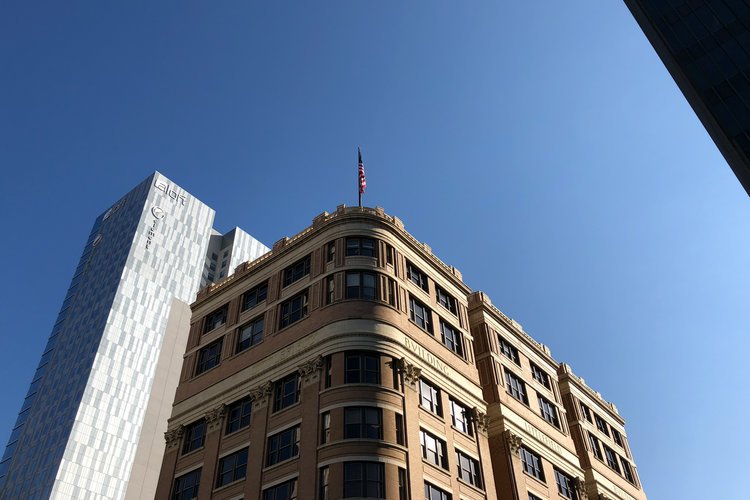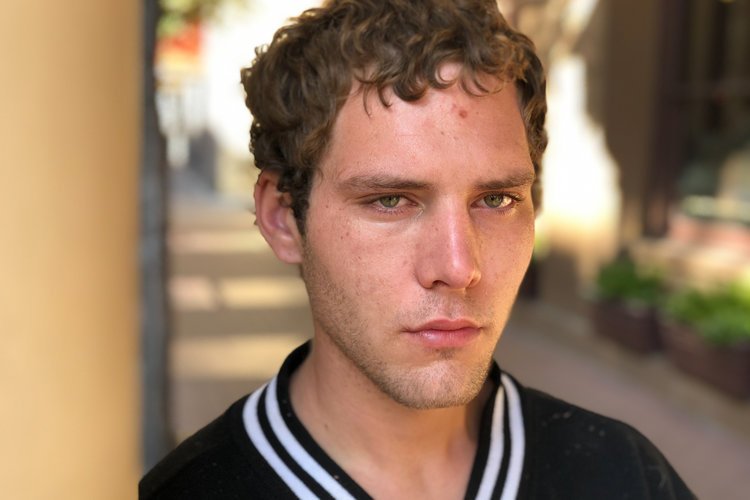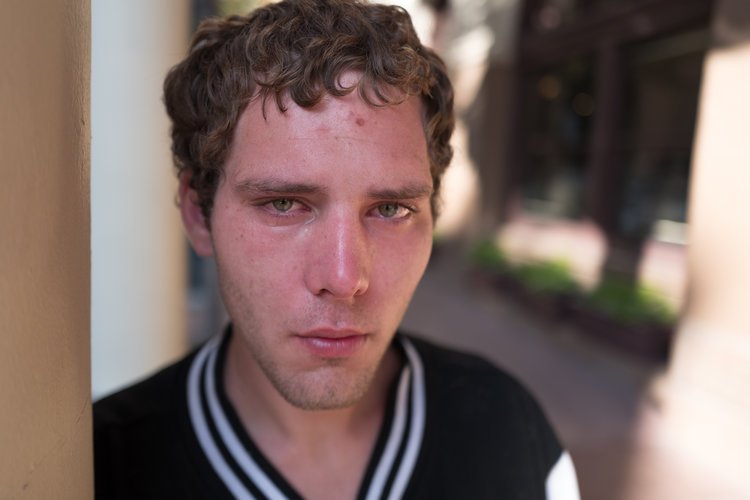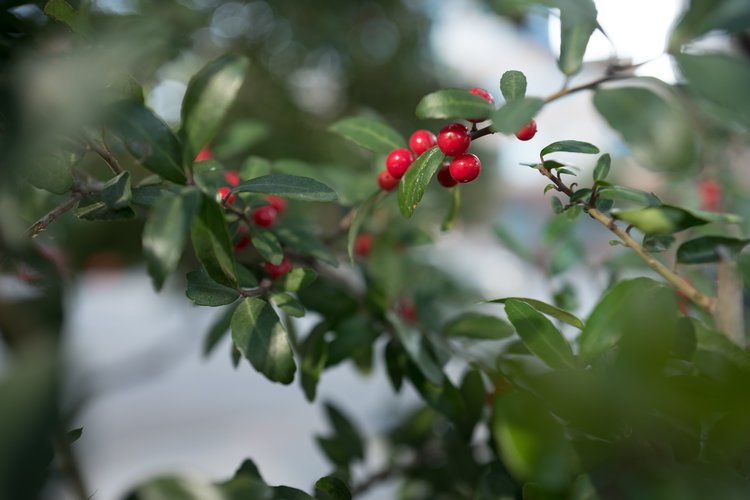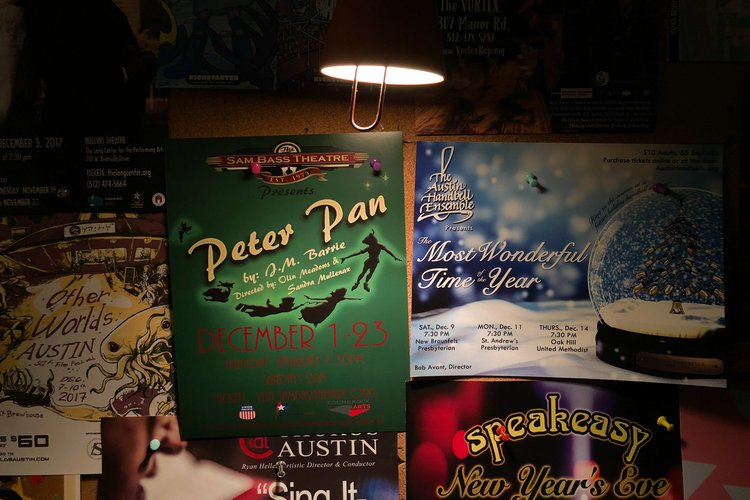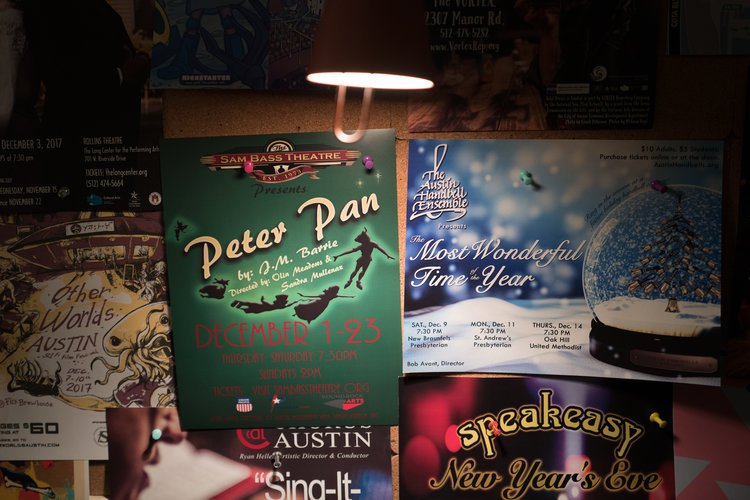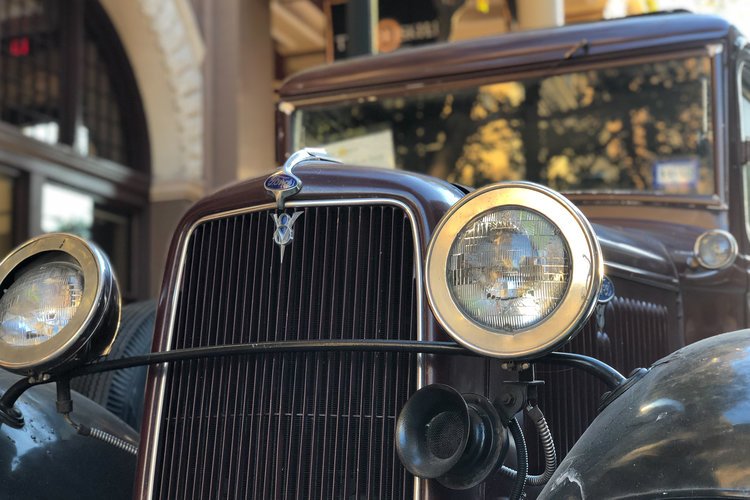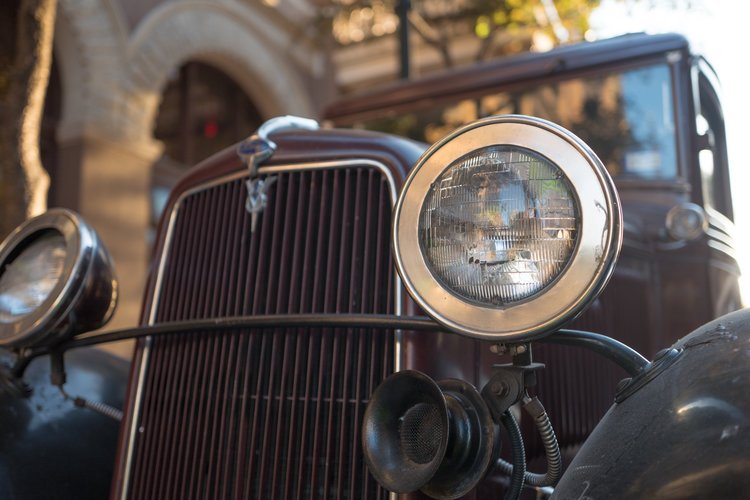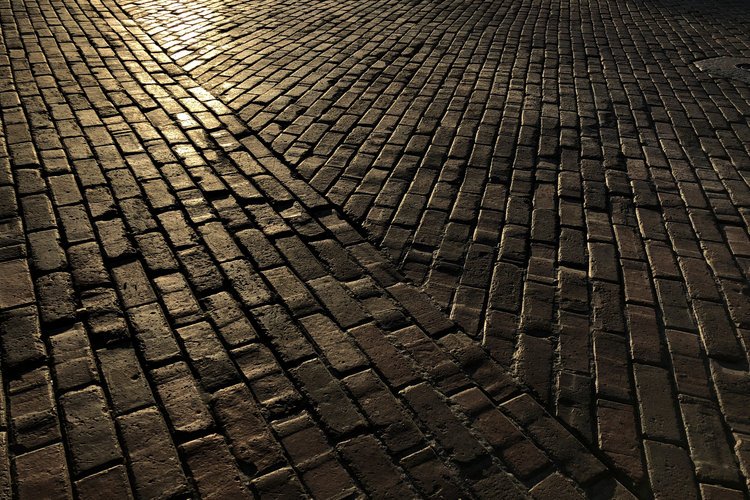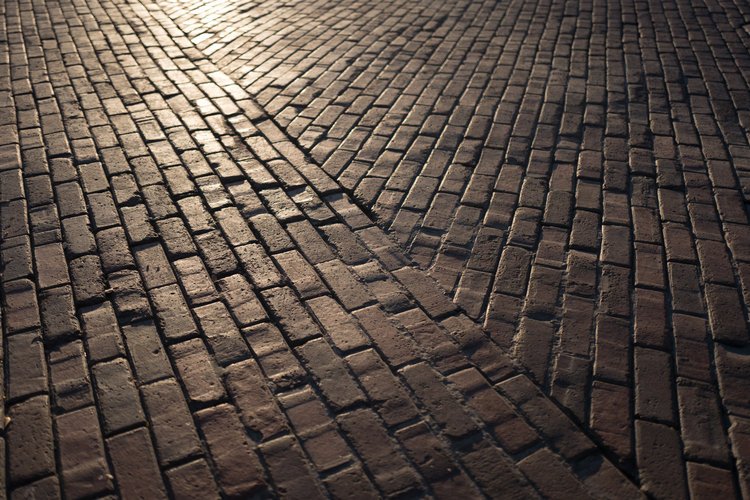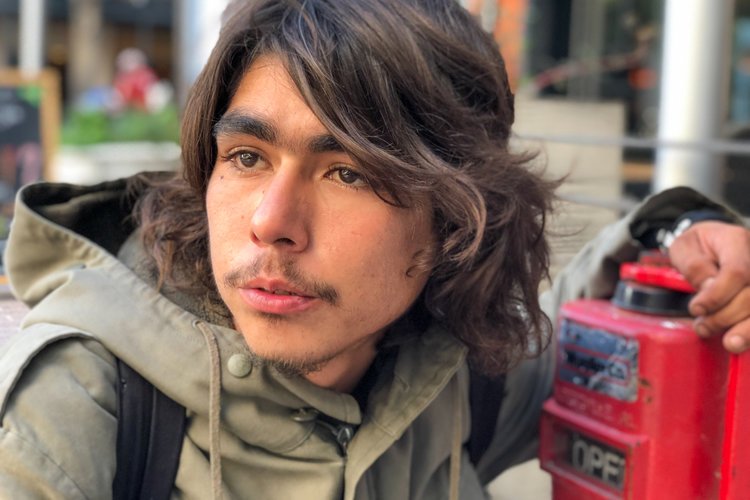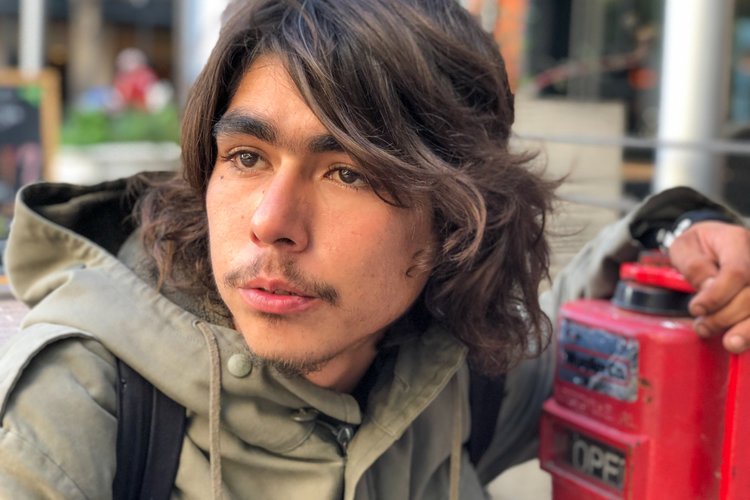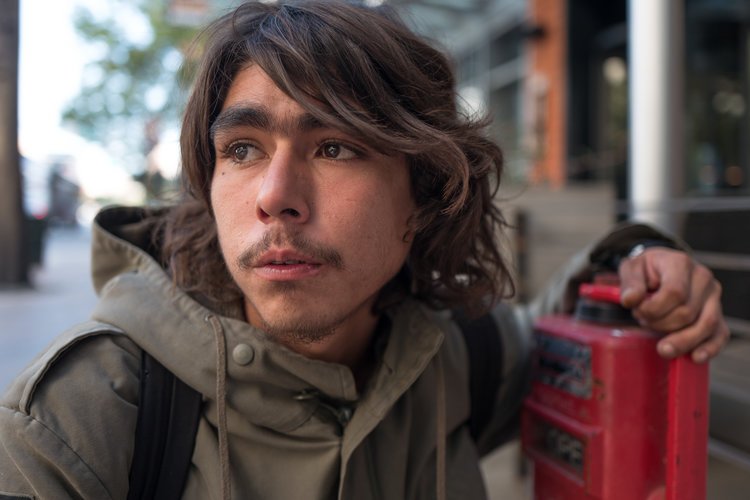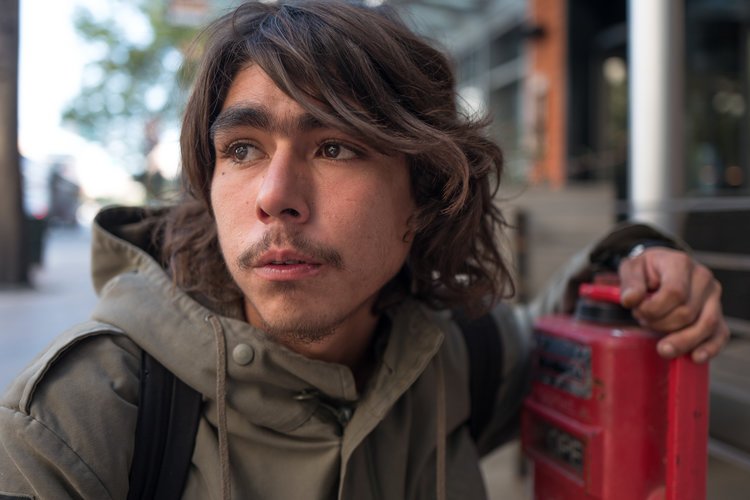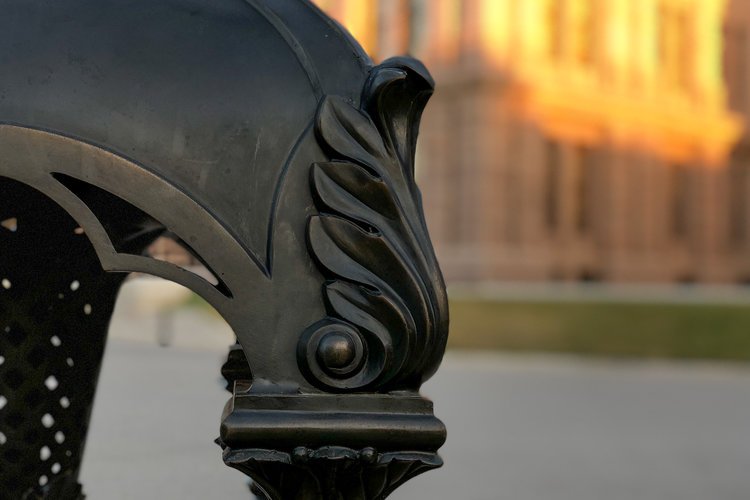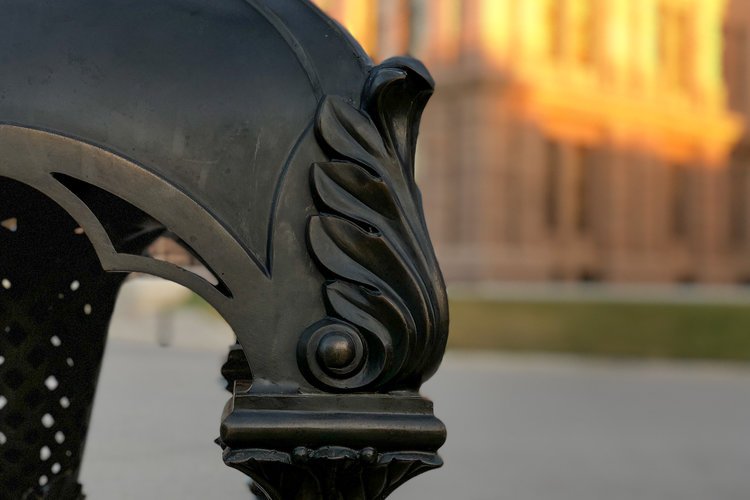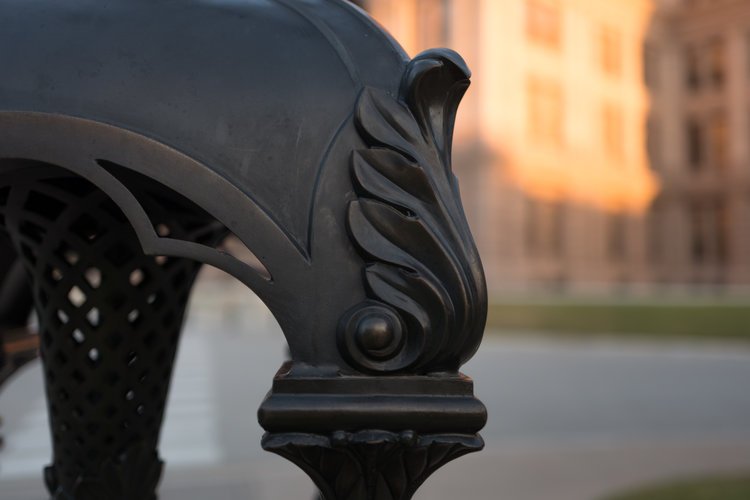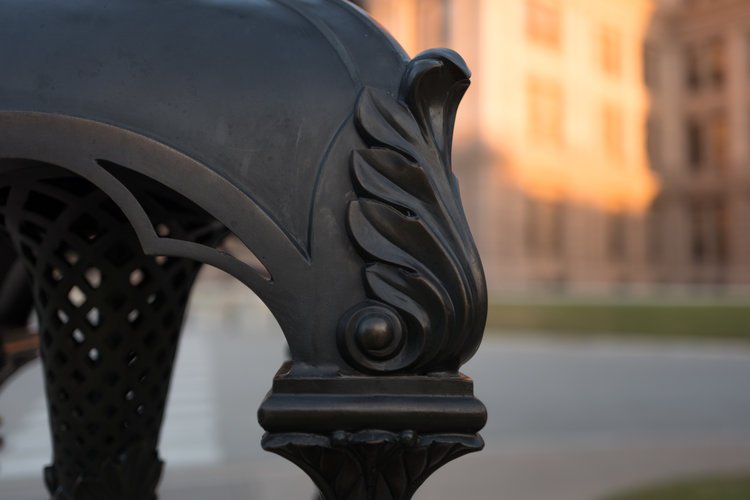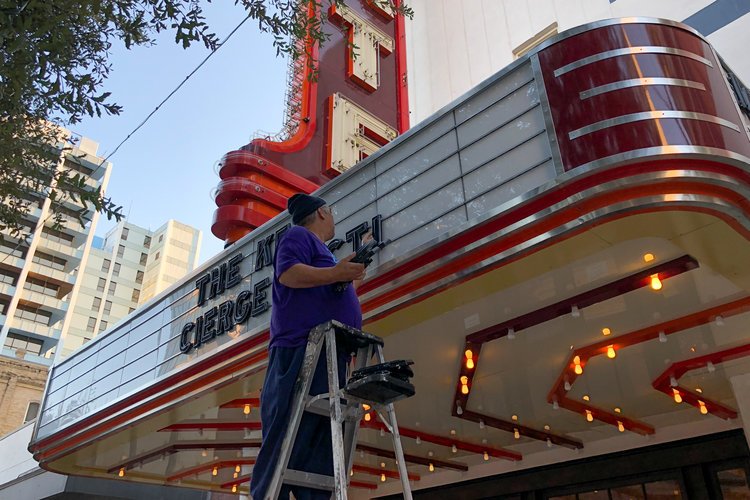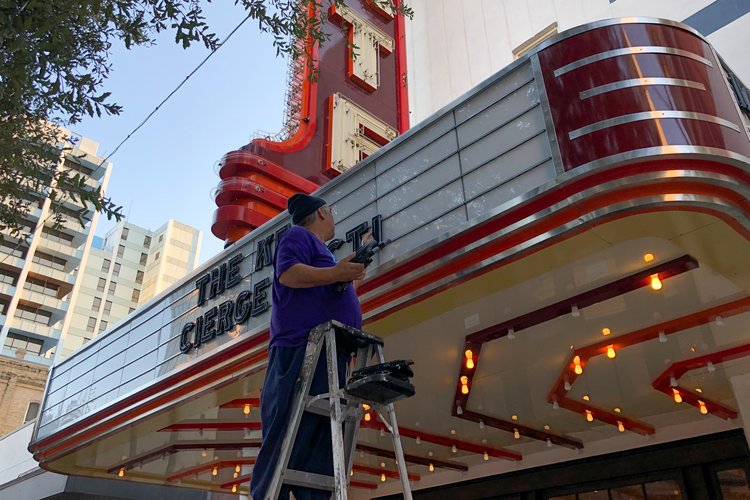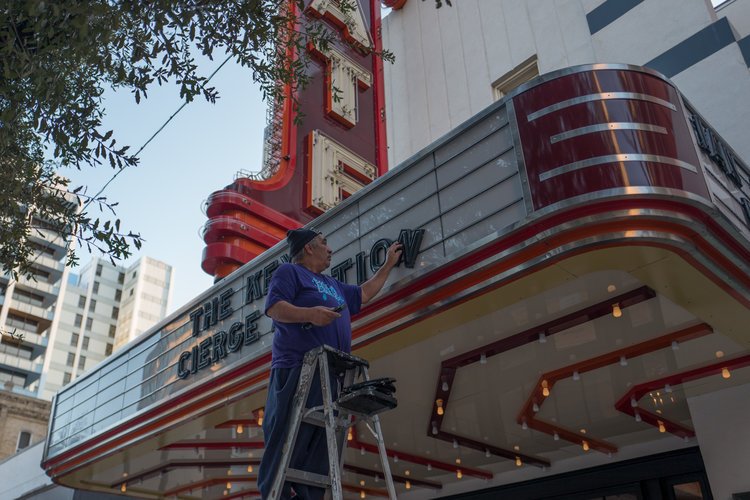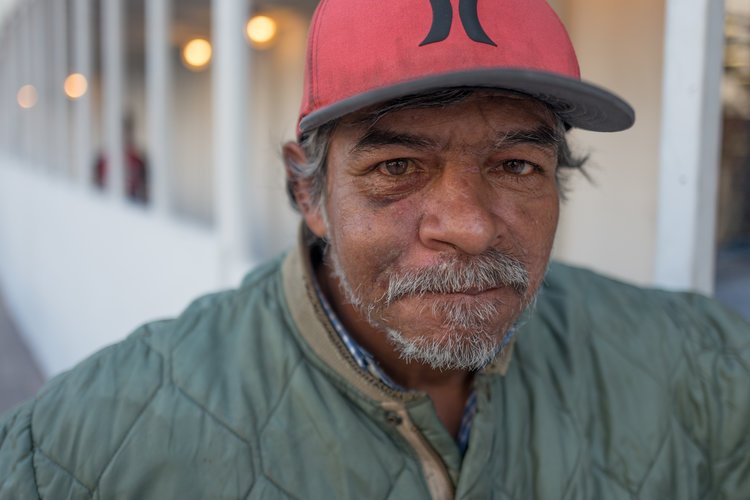iPhone X vs. Leica Q for Street Photography
Technology is revolutionizing the planet. Change is not so much constant as radical. Every single industry is being affected. Of course, photography and videography are no exception.
I am a designer, photographer and videographer. As an artist, I have to always be on alert about my Texas-sized ego rearing its ugly head. My ego can blind me. Put me in denial. Close my imagination to new possibilities.
Fear is also a daily thing while making a living in the arts. Voices like "who needs a professional photographer, Joe? Every human has a camera in their pocket!" Or the convincing voice that "you'll soon be replaced by software!"
Perhaps so. But do you know what? I don't want to be the guy whose stubbornness prevents him from embracing the future, going into it kicking and screaming.
That's why I wanted the new iPhone X, which has Apple's best-yet camera. That's why I wanted to write this blog, taking a fun, non-scientific look at how it stacks up to my hoity-toity Leica Q.
Today I will focus on street photography and street portraits. Soon I'd like to do a similar comparison on the iPhone X as a tool for vlogging and YouTube videos. I'll probably compare it to my Sony a7Rii.
Opposite to Emotion Action.
The alarm went off this morning and I woke up as my usual grumpy self. Last night I had this article in my head. Got all my gear ready. Laid my clothes out. I was pumped.
Where had the motivation gone?
Fortunately, I remembered a "mental hack" that I have been working on intensively for the last several months: Opposite to Emotion Action. The premise? Feel the fear and do it anyway.
So, before sunrise, I fired up the Vespa and scooted to downtown Austin, around my usual street-shooting route of Congress Ave. and Sixth Street.
The Test: How does the new $1,000 iPhone X compare to the $5,000 Leica Q for street photography and street portraits?
Please, let us know what you think. The gallery below compares the two side-by-side. The first (left) image is the Leica Q, and the second (right) image is the iPhone X.
How are these cameras similar?
Both the Leica Q and the iPhone have full frame equivalent focal length lenses of 28mm. Just to add perspective, the 50mm focal length is more or less 1:1. That means the subject in front of you is neither enlarged or "pushed away" in the viewfinder. On the other hand, the 28mm focal length is a "wide-angle" lens. Take a selfie with the iPhone? You and your sweetie will fit just fine in the photo. Take a selfie with a camera with a 50mm lens and every pore on your face will stand out. Yuck.
Both are expensive.
Both can trace their origins back to the 1800s. According to Wikipedia, "the use of photographic film was pioneered by George Eastman, who started manufacturing paper film in 1885 before switching to celluloid in 1888-1889. His first camera, which he called the "Kodak," was first offered for sale in 1888." Want to learn more about photographic history? Check out this YouTube video on the world's first photograph, done by a super-smart, super-sexy vlogger in Austin, Texas.
How are these cameras different?
SENSOR SIZE
The Q is a Full-Frame camera. Remember in the olden days when we shot 35mm film? Well, the electronic sensors of Full Frame cameras are 35mm diagonally, modeled after their film ancestors.
On the other hand, the iPhone X has, well, a phone sensor. A teeny, tiny phone sensor. the iPhone has a sensor that is less that one seventh the size of a 35mm full-frame DSLR in each of its dimensions.APERTURE
Once again, there is a BIG difference in the Aperture, or light-gathering capacity of these cameras. The iPhone has a maximum aperture of ƒ/1.8. Apple would love you to believe that the iPhone's aperture is right on par with that of those big-lens DSLRs or other Full Frame monster lenses like the ƒ/1.7 lens on the Leica Q. Wrong. There is a relationship to sensor size and noise, depth of field, low-light efficiency, and more.BOKEH
One might read the Aperture paragraph above and think there is no chance for the pitiful little iPhone sensor to capture the images of big cameras. Well, the Apples and Samsungs out there have compensated for this disparity with a super-powerful secret weapon: software.
The cell phone camera can't match the low-light ability of a big camera? Fix it with amazing noise reducing software. The cell phone camera can't match the creamy bokeh (background blur) subject isolation of the big cameras? Make it happen with intelligent software.TECHNOLOGY
Ask me, and I'll be the first one to predict that traditional camera functionality, software, and user-experience will be left in the dust. The iPhone has a thousand different uses. Traditional cameras pretty much have two: photos and videos. The iPhone draws from an immense and open pool of software developers. Camera cameras? They tend to get stuck in the past, carrying only the vision of companies that make them. Want proof? Grab your iPhone, shoot a photo of little Johnny on the trampoline, write a little post about it, tweak the photo a bit in post, and then share it on Facebook and Instagram. Now, do the same thing with your Sony a7Rii. An hour later you'll be pulling your hair out, futzing with Bluetooth connections and Lightroom RAW>JPG export settings, Then you'll be scratching your head, wondering why you can't upload directly to Instagram from your computer.COST
The Leica Q? After the government adds its take? About $5,000.
The iPhone X? Before tax? Around $1,000. Buy the bigger-storage option, add AppleCare, and sales tax? Around$1,500.
What I did (and did not do) to these images in Adobe Lightroom:
Let me tell you: it took HUGE restraint for me to not edit the heck out of these images in Lightroom and Photoshop. But, I wanted to make as practical of a comparison as possible. Here is what I did:
I changed aspect ratio on the iPhone X images. Did you know that images from the iPhone have a different aspect ratio than images from a full-frame camera? Yep. So, each of the iPhone images are cropped from their original 4x3 aspect ration to the full-frame ratio of 3x2 (a wider format). Then, I cropped each image so that they roughly matched. I say "roughly" because I ran into some unexpected issues in framing my subjects. For instance, many of the shots below use Apple's "Portrait Mode" which artificially adds background blur. Come to find out, when you choose "Portrait Mode", the iPhone switches to its "telephoto" lens, which has a 56mm equivalent.
I also tweaked the exposure, highlights, and shadows on most images.
That's it! I wanted us to compare how each camera processes color. I normally fiddle with adjustments like color temperature, vibrance, and saturation, in addition to exposure, highlights and shadows. Not on these images.
What to look for as you compare:
I know you don't want this author telling you what you should like and not like. Right? That said, you might want to look at each camera's common characteristics, such as:
Color Saturation
Temperature (warm vs. cool)
Bokeh
Highlights and Shadows
Sharpness
What do you think?
Please let us know your thoughts.
Blessings,
Joe
Joe Van Wyk
Photographer and Videographer for Social Media Marketing
210-930-0727
http://www.joevanwyk.com
https://www.youtube.com/user/joevanwykvideos

